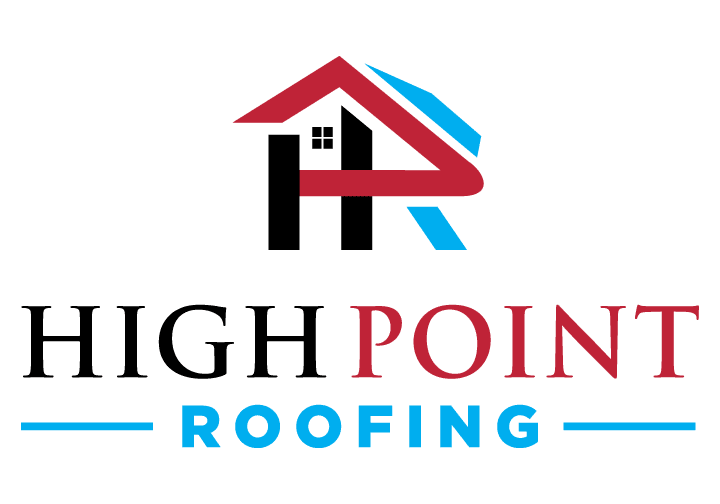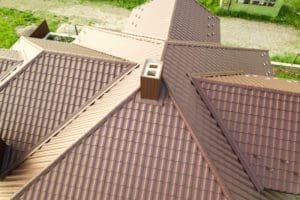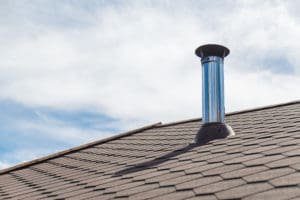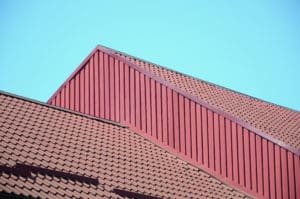If you’re a homeowner, you know how important it is to maintain the integrity of your roof. One of the most common roofing issues that homeowners face is shingle damage. Whether it’s due to age, weather conditions, or improper installation, damaged shingles can compromise the structural integrity of your roof and lead to costly repairs if left unaddressed. In this article, we’ll explore the basics of shingle repair and provide you with expert advice on how to fix your roof. We’ll cover everything from identifying damaged shingles to choosing the right materials for repair, as well as providing tips on safe removal and proper installation of new shingles. So let’s dive in and learn the top 5 shingle repair tips that will help you protect your roof and maintain your home’s value.
Understanding the Basics of Shingle Repair
Before we delve into the top 5 shingle repair tips, it’s important to understand why shingle repair is crucial for the longevity of your roof. Shingles act as a barrier against the elements, protecting your home from rain, snow, wind, and debris. When shingles become damaged or worn out, they can no longer provide a reliable shield for your home, increasing the risk of leaks, water damage, and other costly problems.
Why Shingle Repair is Important
Shingle repair is important for several reasons. First and foremost, it helps to maintain the structural integrity of your roof. By fixing damaged shingles promptly, you can prevent further damage to the underlying roofing materials, such as the plywood sheathing and the roof’s insulation. This is crucial because any compromise in the structural integrity of your roof can lead to significant issues, including sagging, leaks, and even collapse in extreme cases.
Additionally, shingle repair helps to preserve the aesthetic appeal of your home. Missing or damaged shingles can be an eyesore, detracting from your home’s curb appeal and potentially affecting its resale value. A well-maintained roof not only enhances the overall appearance of your home but also gives potential buyers confidence in the condition of the property.
Lastly, by addressing shingle damage early on, you can save yourself from costly repairs down the line. Small problems can quickly escalate into major issues if left unattended, requiring extensive repairs or even a complete roof replacement. By investing in regular shingle maintenance and repair, you can extend the lifespan of your roof and avoid the financial burden of major repairs or replacements.
Common Causes of Shingle Damage
Shingle damage can be caused by various factors. The most common culprits include:
- Severe weather conditions, including high winds, hailstorms, and heavy snowfall. These extreme weather events can cause shingles to become loose, cracked, or even blown off entirely.
- Age and wear and tear – shingles deteriorate over time due to exposure to the elements. The constant exposure to sunlight, rain, and temperature fluctuations can cause shingles to become brittle, curl, or lose their protective granules.
- Improper installation – if shingles were not installed correctly, they may be more prone to damage. Poorly nailed or misaligned shingles can easily be dislodged by wind or other external forces.
- Tree branches or other debris falling on the roof. Overhanging tree branches can scrape against the shingles, causing damage. Additionally, debris such as leaves, twigs, and moss can accumulate on the roof, trapping moisture and accelerating shingle deterioration.
- Foot traffic on the roof. Walking on the roof, especially in the wrong areas, can cause shingles to crack or break. It is important to avoid unnecessary foot traffic on your roof to prevent damage.
Now that we have a better understanding of why shingle repair is important and the common causes of shingle damage, let’s explore the top 5 shingle repair tips that will help you fix your roof effectively and efficiently.
The Top 5 Shingle Repair Tips

1. Identifying Damaged Shingles
The first step in shingle repair is identifying the damaged shingles. This can be done by conducting a visual inspection of your roof. Look for signs of shingle damage, such as missing shingles, cracked shingles, curling edges, or granule loss. Additionally, check for water stains or signs of leaks inside your home, as these could indicate roof damage.
Imagine standing on your porch, gazing up at the roof with a sense of determination. You carefully scan every inch, your eyes trained to spot any imperfections. Suddenly, you notice a few missing shingles, like gaps in a puzzle waiting to be filled. Your heart skips a beat, knowing that it’s time to embark on a shingle repair journey.
But don’t worry, you’re not alone in this endeavor. With the right knowledge and guidance, you can become a shingle repair expert, ready to tackle any roofing challenge that comes your way.
2. Choosing the Right Materials for Repair
When it comes to shingle repair, it’s important to choose the right materials for the job. Depending on the extent of the damage, you may need to replace individual shingles or repair sections of your roof. Visit your local home improvement store or consult with a roofing professional to determine the type and color of shingles that match your existing roof.
Picture yourself strolling through the aisles of the home improvement store, surrounded by an array of shingles in different shapes, sizes, and colors. It’s like being a kid in a candy store, except instead of sweets, you’re surrounded by the building blocks of your roof’s restoration. With the help of knowledgeable staff or a roofing professional, you can select the perfect shingles that not only blend seamlessly with your existing roof but also withstand the test of time.
Remember, the right materials are the key to a successful shingle repair. So, choose wisely and let your roof shine with renewed strength and beauty.
3. Safe Removal of Damaged Shingles
Before you can install new shingles, you’ll need to safely remove the damaged ones. Start by prying up the shingle tabs using a flat pry bar or a specialized roofing tool. Be careful not to damage the surrounding shingles during this process.
As you prepare to remove the damaged shingles, it’s important to approach the task with caution and precision. Imagine yourself delicately maneuvering the flat pry bar, gently lifting the shingle tabs like a skilled surgeon. Each movement is calculated, ensuring that the surrounding shingles remain unharmed. With steady hands and a focused mind, you gracefully remove the damaged shingles, making way for a fresh start.
Remember, patience and attention to detail are your allies in this delicate dance of shingle removal. Take your time, and soon enough, your roof will be ready for its much-deserved makeover.
4. Proper Installation of New Shingles
After removing the damaged shingles, it’s time to install the new ones. Begin by applying a small amount of roofing cement under each shingle tab with a putty knife. This will help secure the shingles and prevent them from lifting in high winds. Position the new shingle in place, aligning it with the existing shingles. Press down firmly to ensure a tight bond with the roofing cement. Finally, use roofing nails to secure the shingle in place, placing them just below the adhesive strip to conceal them.
Now comes the moment you’ve been waiting for – the installation of the new shingles. As you carefully position each shingle, it’s as if you’re giving your roof a fresh coat of armor, protecting it from the elements. With each press and nail, you can feel the satisfaction of a job well done, knowing that your roof is now stronger and more resilient than ever.
Remember, the proper installation of new shingles is the final touch that brings your shingle repair project to completion. So, take pride in your craftsmanship and revel in the transformation you’ve brought to your roof.
5. Ensuring Longevity of Your Shingle Repair
To ensure the longevity of your shingle repair, it’s important to take proactive steps to maintain your roof. Regularly inspect your roof for signs of damage, especially after severe weather events. Keep your gutters clean and free from debris to prevent water from backing up and damaging your shingles. Trim any overhanging branches that could potentially fall on your roof. Additionally, consider scheduling annual roof inspections with a professional roofing contractor to catch any potential problems before they worsen.
As you stand on your porch, admiring the newly repaired shingles, it’s essential to remember that maintenance is the key to preserving your roof’s integrity. Imagine yourself diligently inspecting your roof after a storm, ensuring that no damage goes unnoticed. With each fallen leaf you clear from your gutters, you’re preventing potential water damage that could compromise your shingle repair. And as you trim those overhanging branches, you’re safeguarding your roof from nature’s unpredictable whims.
Remember, a little maintenance goes a long way in ensuring the longevity of your shingle repair. So, embrace the role of a vigilant guardian, and your roof will continue to stand strong for years to come.
Expert Advice for Fixing Your Roof

When to Call a Professional
While some shingle repairs can be done by homeowners with basic DIY skills, there are instances when it’s best to call a professional roofing contractor. If you’re unsure of the extent of the damage, if the damage is widespread, or if your roof is steep or difficult to access, it’s recommended to seek professional help. A roofing contractor has the expertise and equipment necessary to safely and efficiently repair your roof, ensuring a long-lasting solution.
Regular Maintenance to Prevent Shingle Damage
Prevention is always better than cure when it comes to maintaining your roof. By implementing regular maintenance practices, you can prevent shingle damage and prolong the lifespan of your roof. Keep your roof clean from debris, trim overhanging tree branches, and ensure proper attic insulation and ventilation to prevent ice dams and excess heat buildup. Additionally, consider scheduling annual inspections and maintenance with a professional roofing contractor to catch any potential issues early on.
Seasonal Considerations for Shingle Repair
It’s important to take into account seasonal considerations when planning for shingle repair. Extreme temperatures and weather conditions can impact the effectiveness of your roof repair. It’s generally best to schedule shingle repairs during milder seasons, such as spring or fall, when the weather is more favorable. However, if you’re dealing with an emergency situation, it’s crucial to address the damage as soon as possible, regardless of the season.
Furthermore, when it comes to shingle repair, it’s essential to understand the different types of shingles available in the market. The most common types include asphalt, wood, metal, and slate shingles. Each type has its own advantages and disadvantages, so it’s important to choose the one that best fits your needs and budget.
Another factor to consider is the age of your roof. As roofs age, they become more susceptible to damage and may require more frequent repairs. If your roof is nearing the end of its lifespan, it may be more cost-effective to consider a full roof replacement rather than investing in multiple repairs.
Concluding Thoughts on Shingle Repair
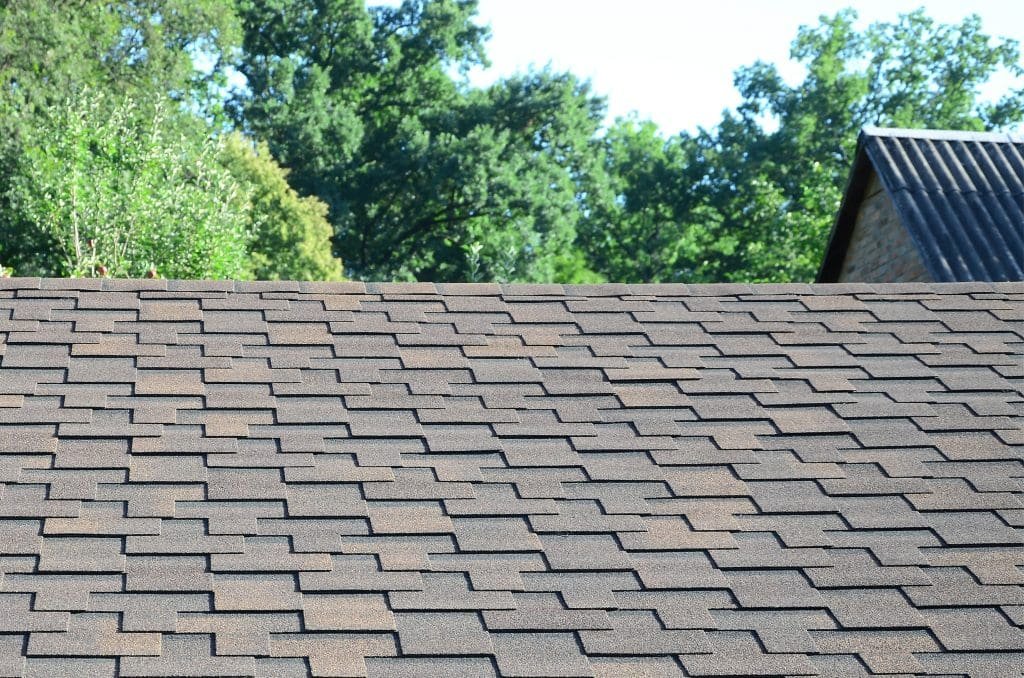
The Importance of Timely Repair
Timely shingle repair is essential for maintaining the integrity of your roof and protecting your home. By addressing shingle damage promptly, you can prevent further damage, protect your property, and extend the lifespan of your roof. Additionally, timely repairs can save you from costly repairs or a complete roof replacement down the line.
The Impact of Shingle Repair on Your Home’s Value
Shingle repair not only helps to protect your home but also has a positive impact on its value. A well-maintained roof with properly functioning shingles enhances your home’s curb appeal and makes it more attractive to potential buyers. On the other hand, a damaged roof with missing or worn-out shingles can be a major deterrent for buyers and may affect your home’s resale value. By investing in shingle repair, you’re investing in the long-term value and protection of your home.
In conclusion, shingle repair is an essential aspect of roof maintenance that every homeowner should prioritize. By understanding the basics of shingle repair and following the expert advice provided in this article, you can effectively fix your roof and ensure its longevity. Remember to identify damaged shingles, choose the right materials, remove and install new shingles safely, and take proactive steps to maintain your roof. By doing so, you’ll not only protect your home but also maintain its value for years to come.
